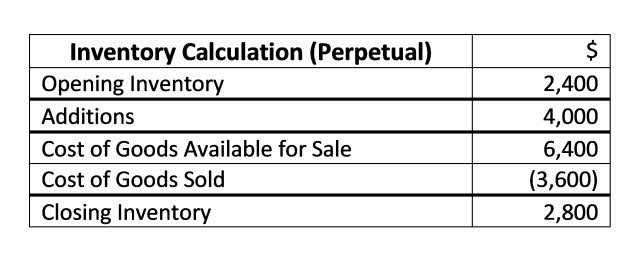
A few examples of sub-accounts include petty cash, cost of goods sold, accounts payable, and owner’s equity. For example, Company ZE recorded revenues of $300,000 in 2016 alone. Then, another $200,000 worth of revenues was seen in 2017, as well as $400,000 in 2018. If the temporary account was not closed, the total revenues seen would be $900,000. Lichtenstein is much smaller geographically and has far fewer people, but it is roughly 70 times richer in terms of per capita GDP.
Income Summary Meaning in Accounting (Helpful Overview)

The main purpose of temporary accounts is to make sure activities from different periods are not mixed together which would be an overstatement of profits. Due to the nature of these accounts, they are considered as short-term accounts. In practice, accountants use temporary accounts to record transactions.
What Are Permanent Accounts?
Now that you know more about temporary vs. permanent accounts, let’s take a look at an example of each. HighRadius’ AI-powered Anomaly Management software provides businesses with a proactive solution to detect anomalies in their close and reconciliation processes, reducing the burden on accounting teams. Country X has a labor force of 32 million, a labor force participation rate of 64 %, and an unemployment rate of 7.3%. Country X has a labor force of 32,000,000, a labor force participation rate of 64%, and an unemployment rate of 7.3%.
Is cash an example of a temporary account?
- Instead, the balance in these accounts are transferred at the end of the period to the appropriate permanent account.
- Accountants learn early on that there are multiple types of accounts classified as assets, liabilities, equity, revenues or expenses.
- Contra-revenue accounts such as Sales Discounts, and Sales Returns and Allowances, are also temporary accounts.
- Temporary accounts are closed to the appropriate capital account.
- Due to the nature of these accounts, they are considered as short-term accounts.
- Errors and mistakes in accounting processes can lead to significant financial losses, missed opportunities, and reputational damage.
All temporary accounts must be reset to zero at the end of the accounting period. To do this, their balances are emptied into the income summary account. The income summary account then transfers the net balance of all the temporary accounts to retained earnings, which is a permanent https://www.bookstime.com/ account on the balance sheet. Companies use closing entries to reset the balances of temporary accounts − accounts that show balances over a single accounting period − to zero. By doing so, the company moves these balances into permanent accounts on the balance sheet.
- This means that recording a transaction in the period in which they occurred is paramount.
- You must close temporary accounts to prevent mixing up balances between accounting periods.
- Revenue accounts are used to track the amount of money earned during a particular period of time.
- Download our FREE whitepaper, How to Set up Your Accounting Books for the First Time, for the scoop.
- The specific types of revenue accounts include sales accounts, profit statements, interest income accounts, and more.
- The activity should definitely be undertaken in as much as it generate benefit.
If you’re looking for information on what application would be right for your business, be sure to check out The Ascent’s accounting software reviews. Temporary accounts act as an interim account to ensure transactions made in one period don’t get mixed with data from the next year. The dollar (or money) duration or DV01 is the dollar value per 01 (100 basis points) of a bond.

For instance, let’s take the case of Company ABC, which saves its expected tax payments in a temporary account and earns 3% interest on the funds. The interest earned is recorded in the temporary account. At the end of the quarter, if the amount in the account exceeds the tax threshold, the interest generated is transferred to a permanent revenue account, and the temporary account balance is reset to zero. This ensures accurate financial reporting and helps Company ABC make informed decisions. At the end of an accounting period, the balance in a temporary account is not carried forward. Instead, a closing entry is made to reset the balance to zero.
Expense accounts are used to record expenses of the company. That can be the cost of goods sold or any other business which of the following account groups are temporary accounts? expenses needed to run a company. For example, salaries, rent expenses, administrative expenses and so much more.
Temporary Account vs. Permanent Account
The income summary is a temporary account of the company where the revenues and expenses were transferred to. After the other two accounts are closed, the net income is reflected. Taking the example above, total revenues of $20,000 minus total expenses of $5,000 gives a net income of $15,000 as reflected in the income summary. This means in order to close an expense account at the end of a financial year, a credit entry needs to be generated with the balance of the expenses.

It can also happen if a hybrid capital is to be liquidated. This standard requires that only those things that can be expressed in money are included in the accounting records. So, some information for decision makers such as the word customer satisfaction, measurements are NOT reported in the financial statement. The monetary unit assumption needs include in the accounting records only transaction data that can be used in terms of money. When the cost of capital or investment is lower, the profit or after tax value generated by the firm would be higher (lower finance cost, higher profit). Also, value of firm today is present value of all future after tax profit discounted by cost of capital.
